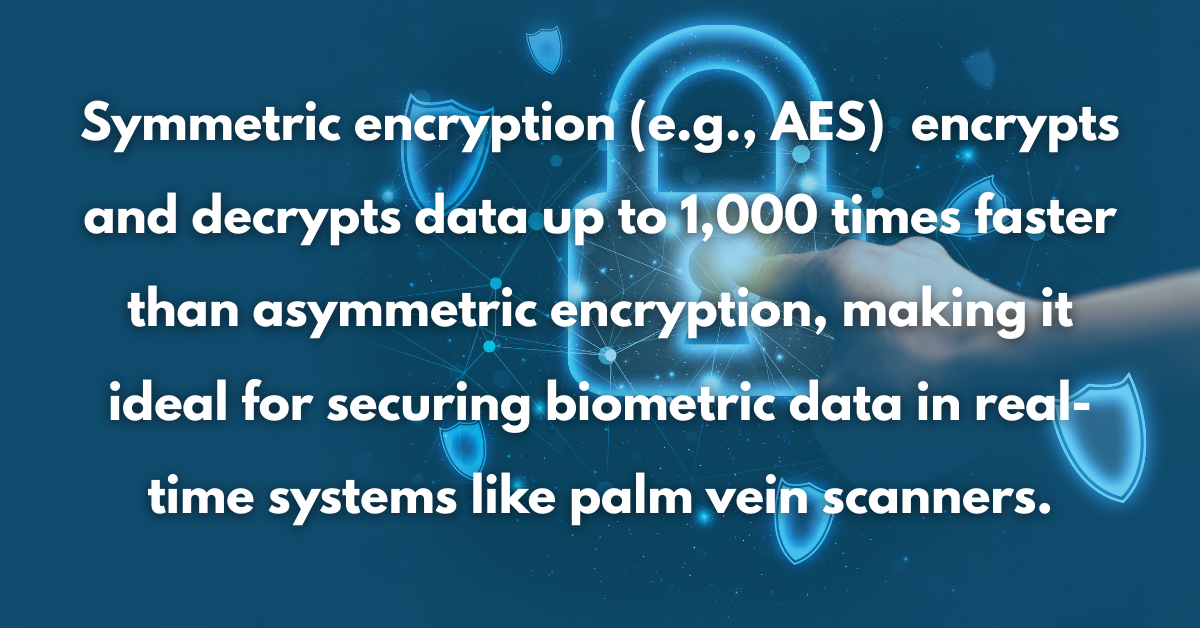Categories
Biometric data, such as fingerprints, facial scans, and voice patterns, is increasingly integral to modern security systems, from smartphone authentication to border control. However, its sensitive nature makes it a prime target for cyberattacks. Secure data encryption is essential to protect this uniquely personal information from unauthorized access and breaches.
This article outlines the critical aspects of encrypting biometric data, exploring methods, best practices, and compliance requirements to ensure robust security and user trust.

Biometric data is inherently irreplaceable—unlike passwords, you cannot change your fingerprints or palm vein patterns. A breach can lead to irreversible consequences, including identity theft and unauthorized system access. Secure data encryption transforms this data into unreadable formats, ensuring that even if intercepted, it remains useless to attackers. Key reasons for prioritizing encryption include:
Biometric traits are permanent, amplifying the need for protection.
Laws like GDPR and CCPA mandate stringent data security measures.
Secure systems foster confidence in biometric technology adoption.
Several encryption techniques are employed to safeguard biometric data, each suited to different use cases. These methods balance security, performance, and scalability.
Symmetric encryption uses a single key for both encryption and decryption, offering speed and efficiency. Algorithms like AES (Advanced Encryption Standard) are widely used due to their robustness. However, key management is critical, as the same key must be securely shared between parties.
Asymmetric encryption, such as RSA, uses a public-private key pair, enhancing security for data transmission. It’s ideal for scenarios where biometric data is sent across networks, but it’s computationally intensive, making it less suitable for real-time applications.
Emerging as a cutting-edge solution, homomorphic encryption allows computations on encrypted data without decryption. This is particularly useful for biometric systems in cloud environments, enabling secure processing while maintaining privacy.

Implementing secure data encryption requires a holistic approach beyond choosing an algorithm. The following practices ensure comprehensive protection:
Encrypt data at every stage—collection, storage, and transmission—to minimize exposure.
Update encryption keys periodically to reduce the risk of compromise.
Store biometric templates in hardware security modules (HSMs) or trusted execution environments (TEEs).
Retain only essential biometric data and delete it when no longer needed to limit exposure.
Additionally, organizations should conduct regular security audits to identify vulnerabilities and ensure encryption protocols remain up-to-date.
To effectively secure biometric data, organizations can follow a structured approach. Here’s a numbered guide to streamline the process:
Secure data encryption is vital for protecting biometric data, but it presents several challenges that organizations must navigate:
Encryption processes, especially for real-time applications like facial recognition, can demand significant computing power, potentially slowing down systems.
Managing encryption keys across distributed systems is intricate, requiring robust infrastructure to ensure security and accessibility.
Overly stringent encryption measures may frustrate users, while insufficient encryption increases breach risks, necessitating careful system design to address these trade-offs.
Compliance with global data protection laws is non-negotiable when handling biometric data. Regulations like GDPR require explicit user consent and transparency in data handling, while HIPAA governs biometric data in healthcare.
Ethically, organizations must prioritize user privacy, ensuring biometric data is used only for intended purposes. Transparent communication about encryption practices can build trust and mitigate concerns about surveillance or misuse.
Encrypting biometric data securely is not just a technical necessity but a cornerstone of ethical data management. By leveraging robust encryption methods, adhering to best practices, and navigating regulatory requirements, organizations can protect sensitive biometric information, foster user confidence and address any concerns. As biometric technology continues to evolve, staying ahead of security challenges through proactive encryption strategies will be essential to safeguarding privacy in an increasingly digital world.